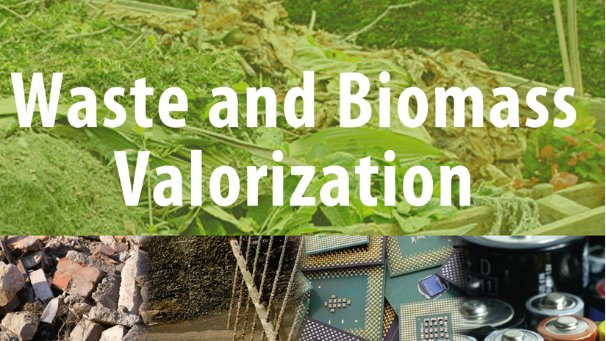新型α型烟气路径火焰焚烧炉处理城市垃圾的设计
IF 2.8
4区 环境科学与生态学
Q3 ENVIRONMENTAL SCIENCES
引用次数: 0
摘要
摘要为了改善城市垃圾的燃烧特性,减少焚烧过程中产生的过量污染物,本研究开发了一种新型的α型烟气路径垃圾焚烧炉。这是通过应用动量矢量综合理论来改变传统焚烧炉的二次风结构,从而提高焚烧炉的燃烧效率。基于计算流体力学(CFD)的冷态试验结果表明,通过适当修改焚烧炉的设计,烟气的传播路径由传统的l型路径转变为更长的α型路径。在750吨/天的全尺寸垃圾焚烧炉上进行了热态试验。试验结果表明,在焚烧炉设计中加入二次送风后,前拱下烟气温度提高138%,使城市垃圾燃烧效果更好,排放更低,焚烧炉热效率更高。研究结果证实了动量流率法用于垃圾焚烧炉优化设计的合理性和可行性。图形抽象本文章由计算机程序翻译,如有差异,请以英文原文为准。
Design of a Novel α-Shaped Flue Gas Route Flame Incinerator for the Treatment of Municipal Waste Materials
Abstract In order to improve the combustion characteristics of municipal waste materials and reduce excess pollutants generated during the incineration process, this study develops a novel waste incinerator with an α-shaped flue gas route. This has been achieved through the application of momentum vector synthesis theory in order to modify the secondary air structure in a conventional incinerator, resulting in enhanced combustion efficiency of the incinerator. Computational Fluid Dynamics (CFD) based cold state test results demonstrate that with appropriate modifications to the design of the incinerator, the flue gas propagates through a longer α-shaped route rather than conventional L-shaped route. Hot state tests have been carried out on a full scale 750 tons/day waste incinerator. Test rests show that the temperature of the flue gas increases by 138% under the front arch when secondary air supply is being incorporated into the design of the incinerator, resulting in better combustion of the municipal waste materials, lower emissions and higher thermal efficiency of the incinerator. The results obtained in this study confirm the rationality and feasibility of momentum flow rate method for better design of waste incinerators. Graphical Abstract
求助全文
通过发布文献求助,成功后即可免费获取论文全文。
去求助
来源期刊

Waste and Biomass Valorization
ENVIRONMENTAL SCIENCES-
CiteScore
7.90
自引率
3.10%
发文量
311
审稿时长
4 months
期刊介绍:
Until the 1990s, technology was the main driver when dealing with waste and residues, the objective being the treatment of waste for (landfill) disposal, storage, and in some cases sorting. In the 1990s, depletion of raw materials and socio-economical concerns supported the direct recycling of waste and residues. However, the direct recycling approach is limited when waste/residues contain significant amounts of pollutants such as heavy metals and organics (VOC, PAH), and when the treatment process to remove/stabilize or destruct the pollutant generates emissions. Due to depletion of natural resources, increasing greenhouse emissions, and awareness of the need for sustainable development in terms of safely reusing waste and biomass, the transformation of waste/biomass to valuable materials and energy (i.e. valorization) is emerging as a strong trend
 求助内容:
求助内容: 应助结果提醒方式:
应助结果提醒方式:


